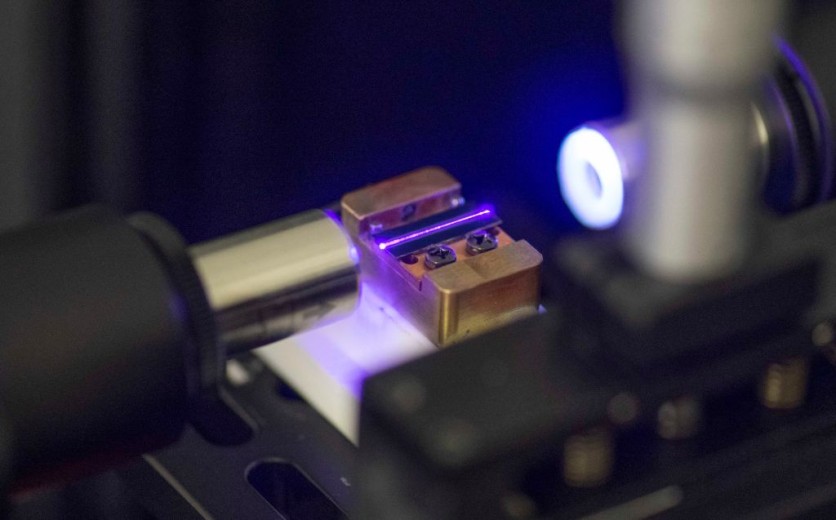NASA's Jet Propulsion Laboratory (JPL) and Caltech developed a quantum detector called Performance-Enhanced Array for Counting Optical Quanta (PEACOQ) that can measure individual photons of light with an accuracy of 100 trillionths of a second at a rate of 1.5 billion photons per second.
This accomplishment may open the door for massive quantum data sharing between quantum computers spread over vast distances using a special quantum communications network.

PEACOQ
Quantum computers use quantum bits (qubits) to encode information, as opposed to conventional computers, which transfer data as a series of 1s and 0s.
Fundamental particles like electrons and photons are known as qubits because they can never be replicated or transferred again without being obliterated. Additionally, the speed at which information degrades when transmitted through optical fibers by encoded photons restricts the size of any potential network.
A specialized free-space optical quantum network might have space nodes on board satellites orbiting the Earth to get around these restrictions.
These nodes would act as data relays by producing entangled photon pairs and sending them to two quantum computer terminals located hundreds or thousands of kilometers apart.
A very sensitive detector like PEACOQ is required to accurately determine the moment it receives each photon and send the data it contains.
The tiny detector PEACOQ, with a size of only 13 microns, is composed of 32 niobium nitride superconducting nanowires on a silicon chip. One nanowire is 10,000 times thinner than a human hair, according to NASA.
The cryogenic temperature required to maintain the superconducting condition of the nanowires in the detector is minus 458 degrees Fahrenheit (minus 272 degrees Celsius), which is just one degree above absolute zero.
They must be in this state to convert absorbed photons into electrical pulses that transmit the quantum information.
Read Also : Experimental Physicists Construct a Quantum Computer that can Read Beyond Binary Systems
PEACOQ's Foundation
The detector created for NASA's Deep Space Optical Communications (DSOC) technology demonstration served as the foundation for PEACOQ.
Even though DSOC will not transmit quantum information, its ground station at Caltech's Palomar Observatory in Southern California needs the same high sensitivity to count individual photons as they come in by laser from the DSOC transceiver as it travels through deep space.
"In the near term, PEACOQ will be used in lab experiments to demonstrate quantum communications at higher rates or over greater distances," Ioana Craiciu, a postdoctoral scholar at JPL and the lead author of the study, said in a statement.
"In the long term, it could provide an answer to the question of how we transmit quantum data around the world."
As part of a larger NASA initiative to provide free-space optical communications between space and the ground, PEACOQ was developed by JPL's Microdevices Laboratory with funding from NASA's Space Communications and Navigation program.
Related Article : Quantum Computers To Be Mass-Produced? New Study Shows They're Now Compatible With Current Manufacturing Techs

ⓒ 2025 TECHTIMES.com All rights reserved. Do not reproduce without permission.




